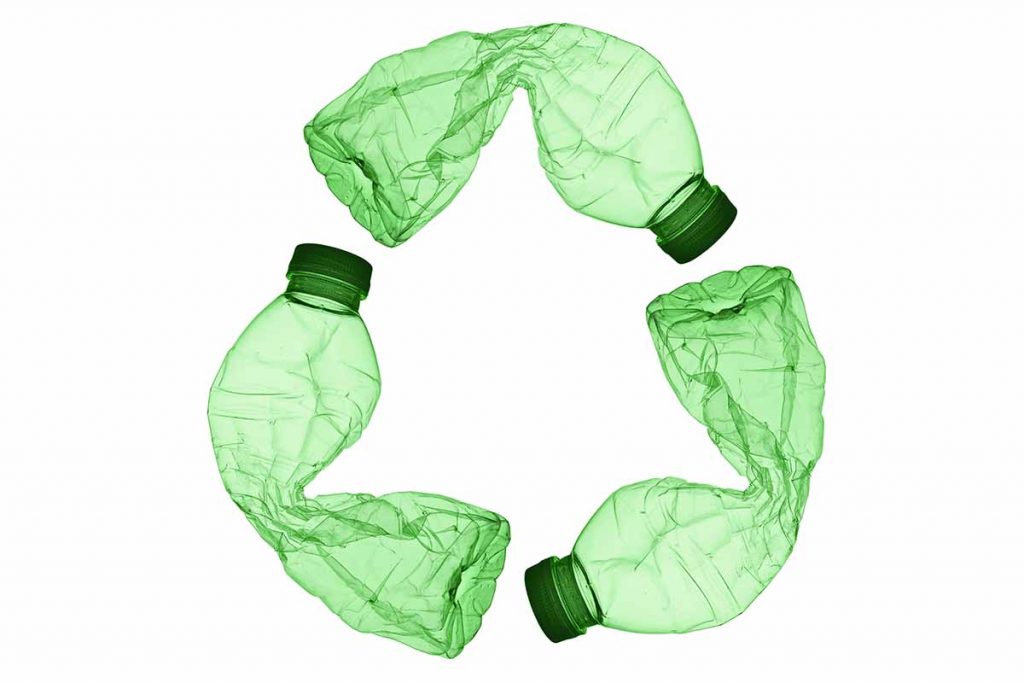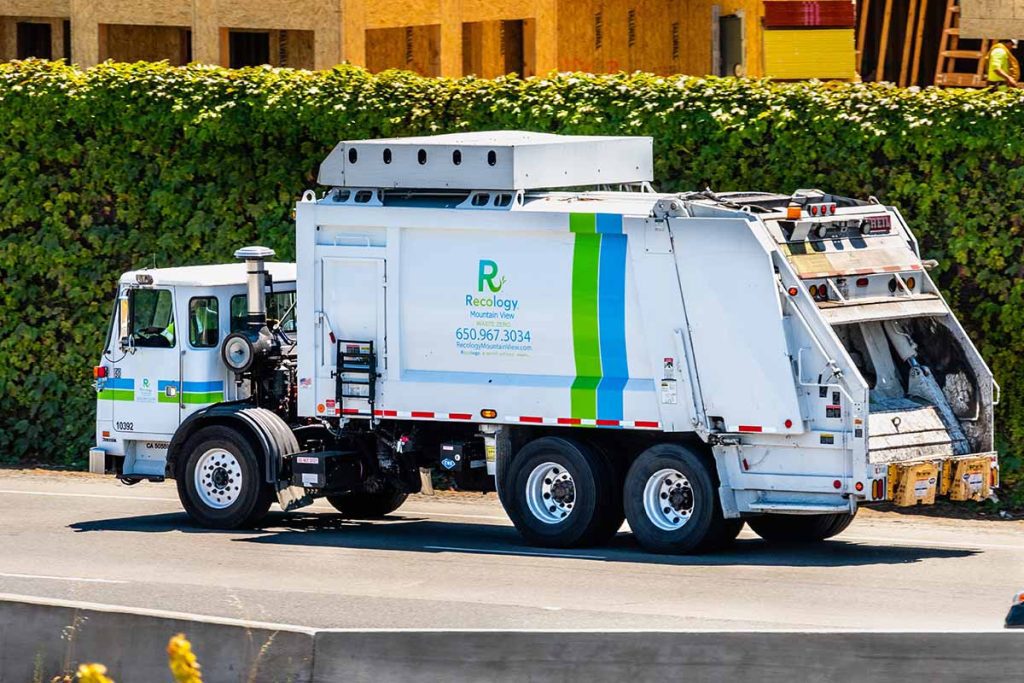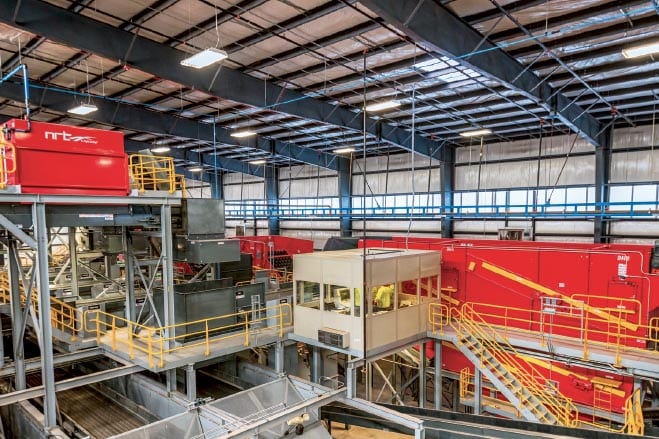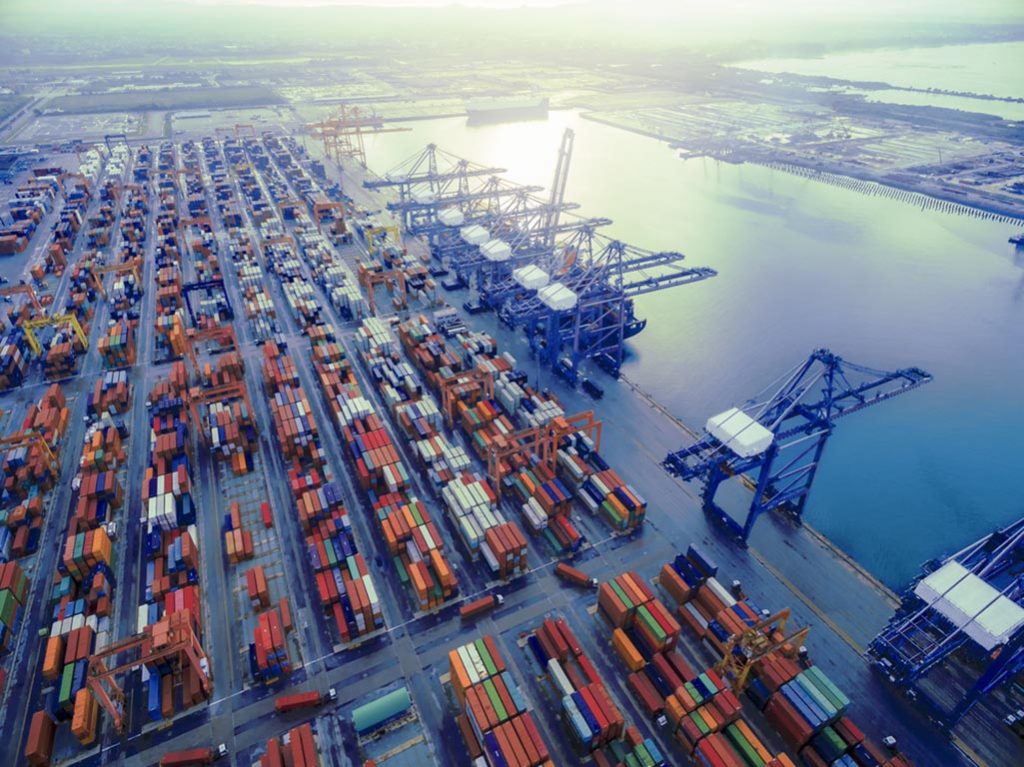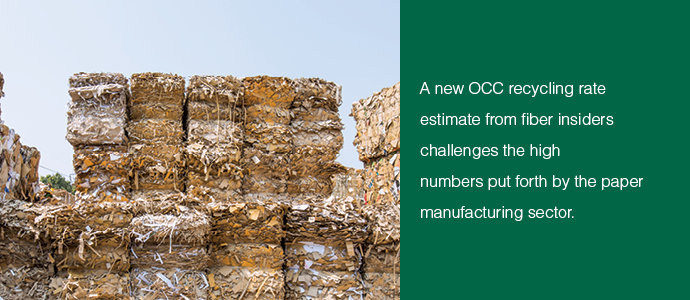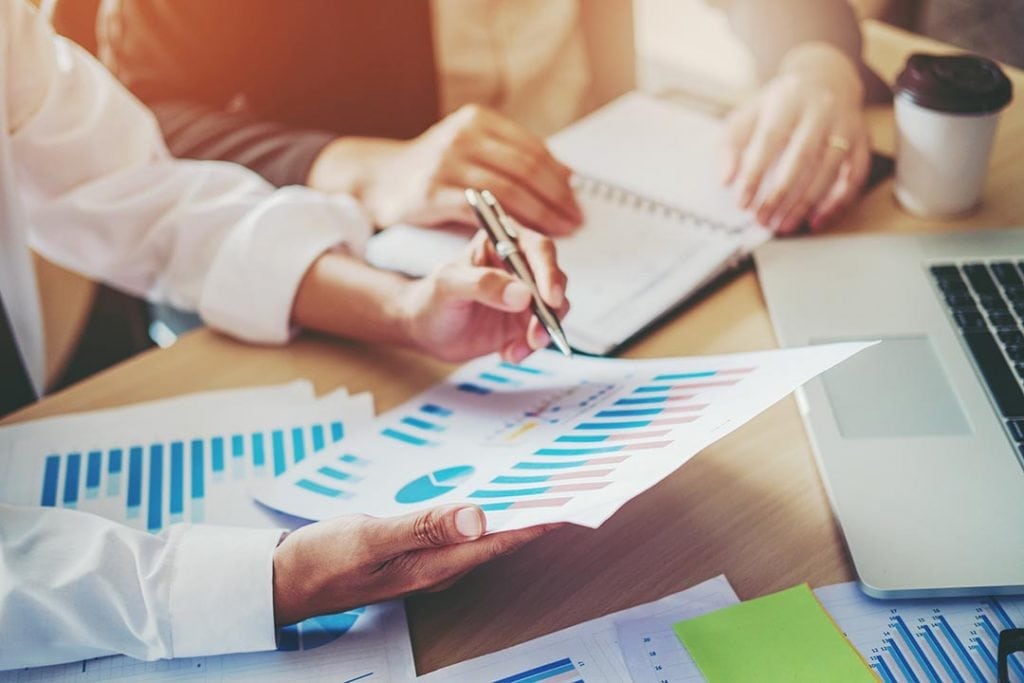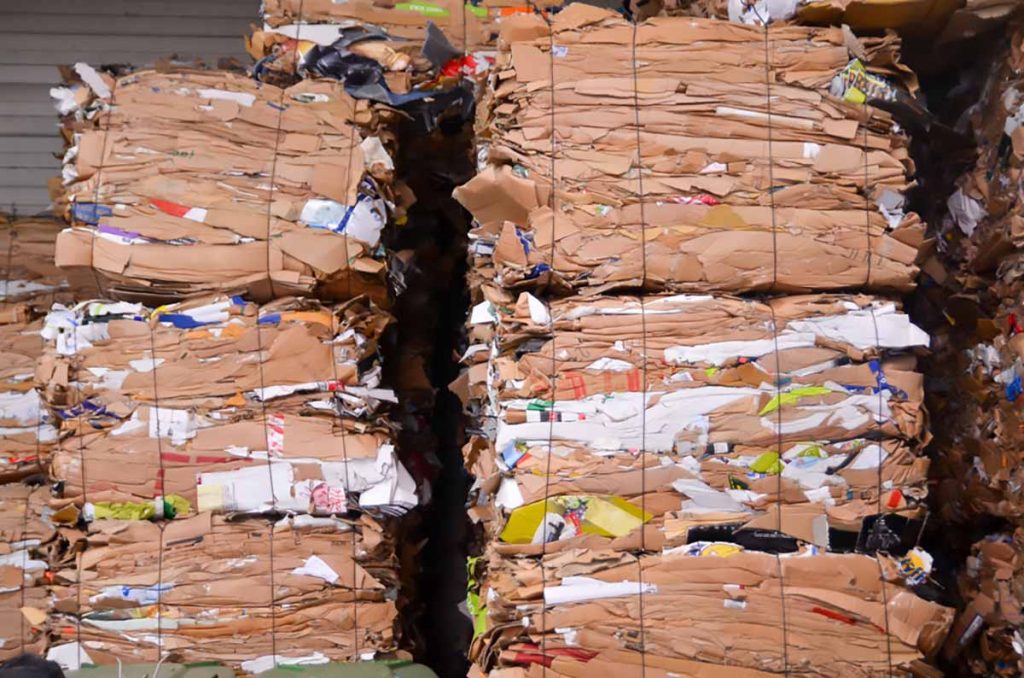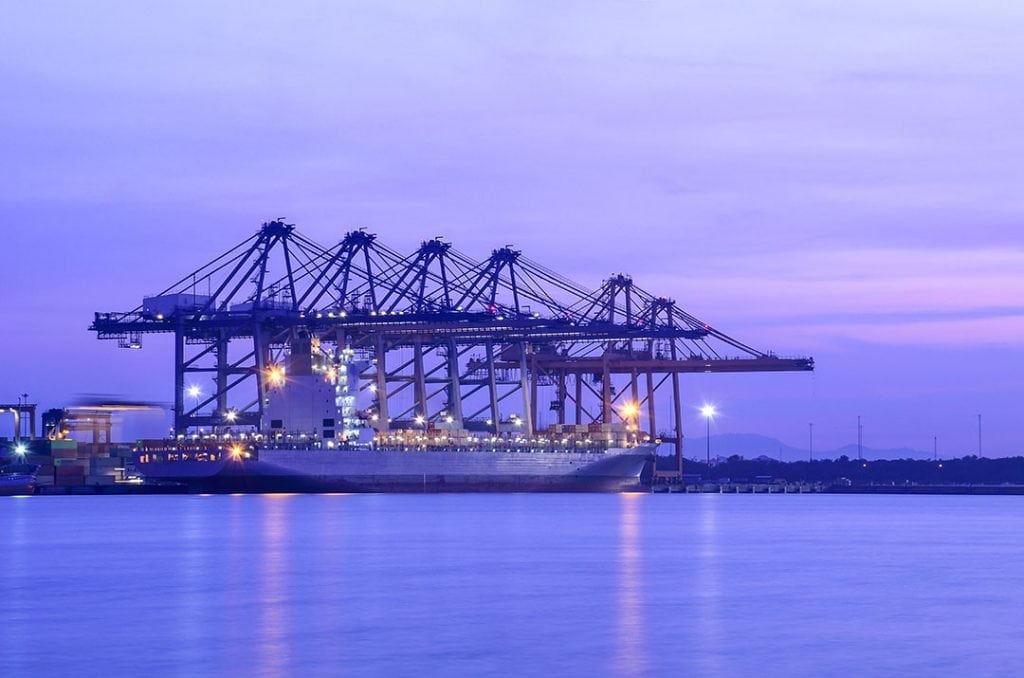
U.S. fiber and plastic scrap exports are still seeing shake-ups, years after the implementation of China’s National Sword policy. | Piyathep/Shutterstock
Companies exported a little less recovered fiber and a lot less scrap plastic last year, recently released trade data shows. Continue Reading


